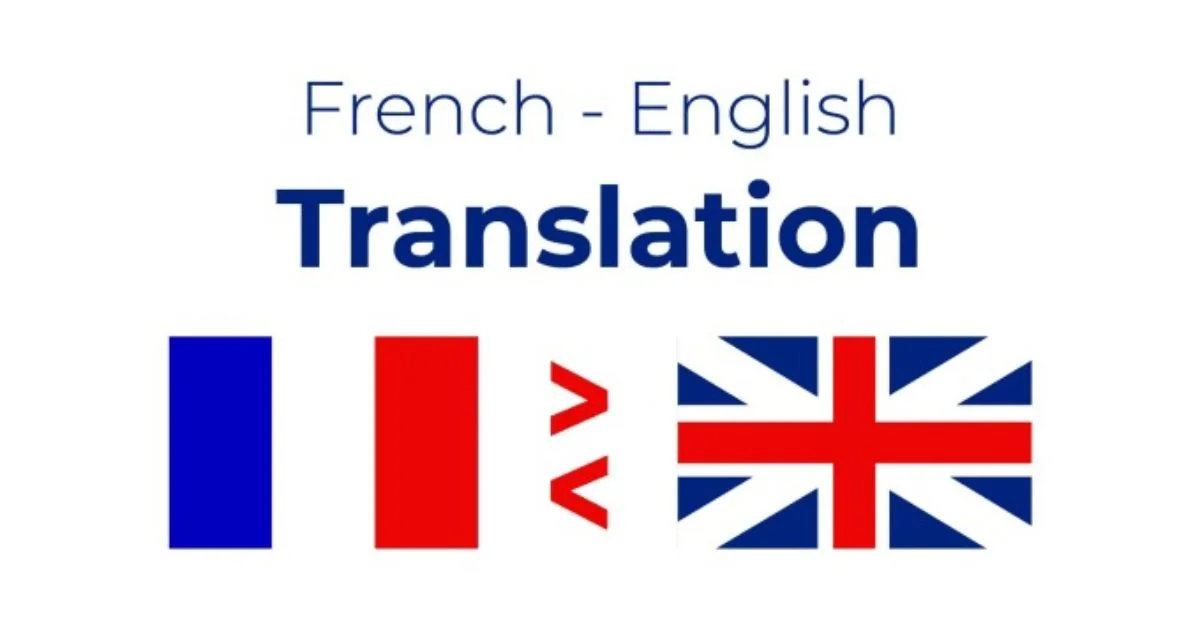French, the fifth most spoken language worldwide with approximately 320 million speakers, holds significant global importance. It is essential for diplomatic relations, intercultural understanding, and international trade.
Primarily, French exists in two main dialects: Standard French, spoken in mainland France, and Canadian French, spoken by the Québécois community in Canada. While widely used, differences between standard and Canadian French can hinder effective interaction with both Canadian and European audiences.
To effectively expand your business into French-speaking regions, translation services are crucial. For instance, Canadian French translation services are essential for businesses targeting the Canadian market. By leveraging professional translation services, businesses can navigate these linguistic nuances, avoid misunderstandings, enhance customer satisfaction, and solidify their international presence.
History of Standard and Canadian French
The French spoken by immigrants to Canada in the 17th and 18th centuries gave rise to Canadian French, commonly referred to as Quebec French. It developed independently of Standard French, which has been widely spoken in France throughout time. Consequently, Canadian French differs from French spoken in France due to its distinctive influences from English, regional dialects, and indigenous languages.
Conversely, Standard French has its origins in metropolitan France and has been influenced by European linguistic movements and organizations such as the Académie Française, which establishes rules for vocabulary and grammar and controls language usage.
Linguistic and Cultural Differences
The differences between Standard French and Canadian French affect vocabulary, grammar, and cultural intricacies.
Words
English words that have been modified or given new meanings are frequently incorporated into Canadian French. For instance, “email” is referred to as “courriel” in Canadian French, whereas “mél” may be more prevalent in Standard French. Similarly, “blonde” usually refers to a hair color in Standard French but signifies “girlfriend” in Canadian French.
Grammar
Older French grammatical constructions and expressions that are less prevalent in modern Standard French are occasionally preserved in Canadian French. This contributes to the unique character of the language by varying verb conjugations and sentence patterns.
Cultural Nuances Between French-Speaking Regions
Even though Standard French and Canadian French share a similar linguistic heritage, they are influenced by distinct cultural contexts, leading to notable differences in communication styles, business etiquette, and social mores. French people enjoy open communication and are generally honest about their opinions. Negative criticism can also be delivered directly, however it is typically done with tact. Conversely, Canadians tend to speak indirectly, particularly in professional settings.
Additionally, unpleasant opinions are sometimes softened by using polite language and diplomatic words. In the first meetings, a more formal approach is needed in France. Formal language and titles are commonly used, especially in professional settings. Contrary to this, in Canada people are more informal in professional settings. First names are commonly used, and a relaxed atmosphere is usually preferred.
Why Language Distinction Matters in Regional Marketing and Business Communication
For businesses, understanding these linguistic and cultural differences is crucial to successful regional marketing and customer engagement. Using the correct variant can help brands resonate with local audiences, creating a sense of familiarity and trust. In Quebec, for instance, consumers may prefer content that reflects Canadian French vocabulary and expressions, seeing it as more relevant and respectful of their culture.
This localized approach to communication is especially critical in marketing campaigns, product descriptions, customer support, and branding materials. A message tailored in Canadian French for Quebec will differ from one intended for France, where Standard French is the norm. Ignoring these nuances could lead to misunderstandings or even alienate the audience, highlighting the importance of professional translation services.
Use of Standard French and Canadian French Translation Services in Different Sectors
Accurate translation services that are tailored to the local context are crucial as businesses enter French-speaking markets. Businesses must adapt their messaging to each audience because Standard French and Canadian French have different idioms, terminology, and even cultural quirks.
Let’s have a look at the use of Standard French and Canadian French in different sectors.
Technology
Accurate communication and complicated ideas are crucial in the ever-changing tech sector. User annoyance, a negative opinion of the brand, or even legal issues might result from misinterpretations.
Technical words used by French speakers in Canada may differ from those used in France. For example, product manuals, software documentation, and user interface terminology must all conform to regional linguistic preferences. Customer satisfaction and user experience are enhanced by customized translations.
Healthcare
Patient outcomes and safety are directly impacted by accurate and transparent communication in the healthcare industry. Translations must be precise and appropriate for the context due to variations in healthcare systems, procedures, and medical terminology.
Standard French and Canadian French may have different health terminology and procedures. Drug labels, medical reports, and patient education materials, for instance, need to be modified to comply with regional legal requirements and linguistic quirks.
E-commerce
The e-commerce industry depends on accurate, compelling messaging that appeals to consumers. Conversion rates and client loyalty may be impacted by linguistic and behavioral differences.
To appeal to the local audience in Canadian and French markets, product descriptions, advertising text, and customer service materials must be regionally tailored. For instance, including culturally relevant references, modifying units of measurement, and employing regionally recognized phrases all improve consumer pleasure and trust while promoting brand loyalty.
These sectors demonstrate the importance of culturally sensitive Canadian French and Professional French translation services for precise, successful communication in a variety of French-speaking markets.
Conclusion
In conclusion, effective communication in French-speaking markets requires an awareness of the subtle differences between Standard French and Canadian French. Businesses may establish trust and solid relationships with French-speaking audiences by selecting the appropriate version and hiring qualified translation services, which will ultimately improve brand recognition and market success.
If you find this article helpful, click here for more.









